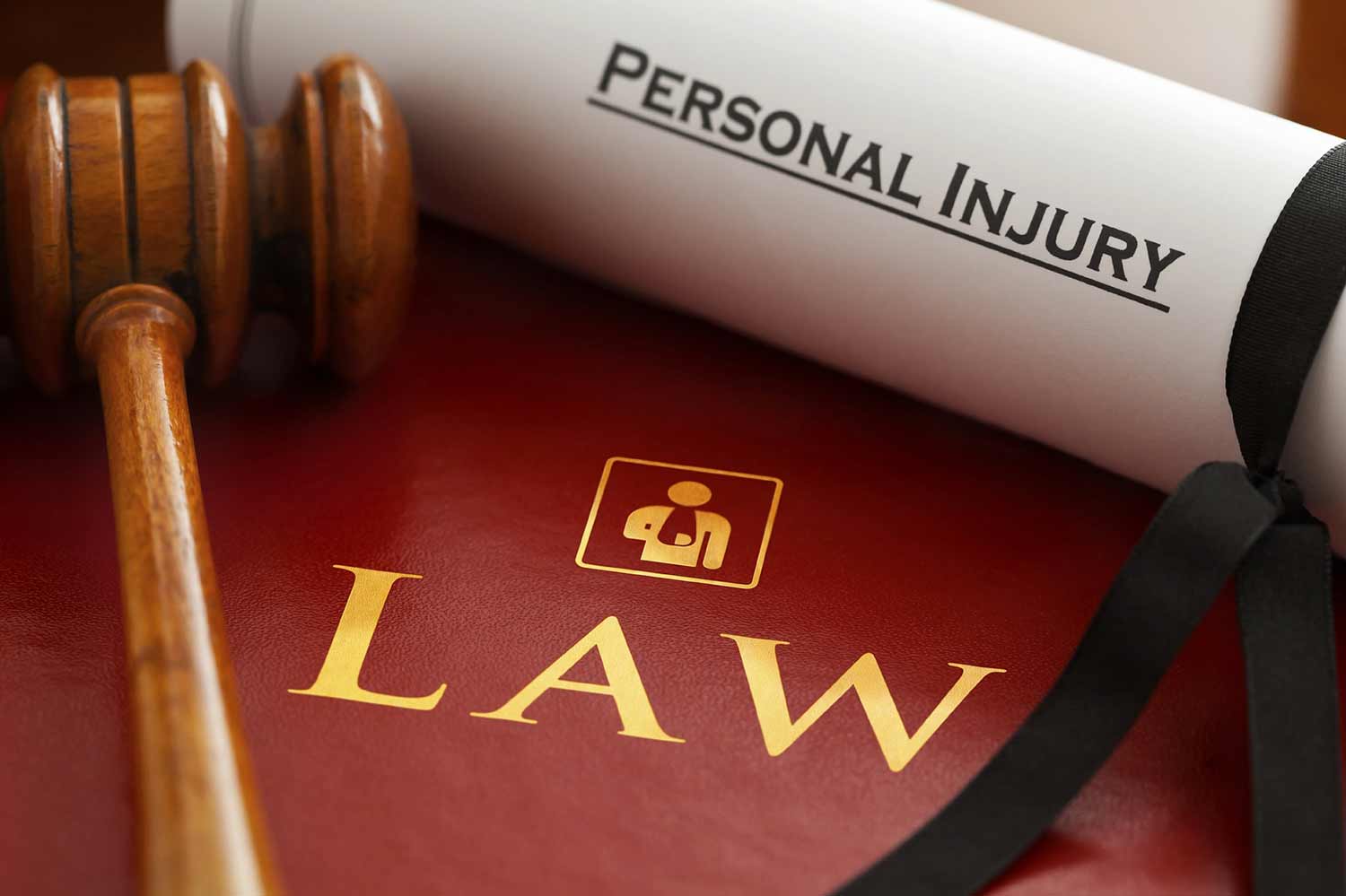[fusion_builder_container hundred_percent=”no” hundred_percent_height=”no” hundred_percent_height_scroll=”no” hundred_percent_height_center_content=”yes” equal_height_columns=”no” menu_anchor=”” hide_on_mobile=”small-visibility,medium-visibility,large-visibility” status=”published” publish_date=”” class=”” id=”” link_color=”” link_hover_color=”” border_size=”” border_color=”” border_style=”solid” margin_top=”” margin_bottom=”” padding_top=”” padding_right=”” padding_bottom=”” padding_left=”” gradient_start_color=”” gradient_end_color=”” gradient_start_position=”0″ gradient_end_position=”100″ gradient_type=”linear” radial_direction=”center center” linear_angle=”180″ background_color=”” background_image=”” background_position=”center center” background_repeat=”no-repeat” fade=”no” background_parallax=”none” enable_mobile=”no” parallax_speed=”0.3″ background_blend_mode=”none” video_mp4=”” video_webm=”” video_ogv=”” video_url=”” video_aspect_ratio=”16:9″ video_loop=”yes” video_mute=”yes” video_preview_image=”” filter_hue=”0″ filter_saturation=”100″ filter_brightness=”100″ filter_contrast=”100″ filter_invert=”0″ filter_sepia=”0″ filter_opacity=”100″ filter_blur=”0″ filter_hue_hover=”0″ filter_saturation_hover=”100″ filter_brightness_hover=”100″ filter_contrast_hover=”100″ filter_invert_hover=”0″ filter_sepia_hover=”0″ filter_opacity_hover=”100″ filter_blur_hover=”0″][fusion_builder_row][fusion_builder_column type=”1_1″ layout=”1_1″ spacing=”” center_content=”no” link=”” target=”_self” min_height=”” hide_on_mobile=”small-visibility,medium-visibility,large-visibility” class=”” id=”” hover_type=”none” border_size=”0″ border_color=”” border_style=”solid” border_position=”all” border_radius=”” box_shadow=”no” dimension_box_shadow=”” box_shadow_blur=”0″ box_shadow_spread=”0″ box_shadow_color=”” box_shadow_style=”” padding_top=”” padding_right=”” padding_bottom=”” padding_left=”” margin_top=”” margin_bottom=”” background_type=”single” gradient_start_color=”” gradient_end_color=”” gradient_start_position=”0″ gradient_end_position=”100″ gradient_type=”linear” radial_direction=”center center” linear_angle=”180″ background_color=”” background_image=”” background_image_id=”” background_position=”left top” background_repeat=”no-repeat” background_blend_mode=”none” animation_type=”” animation_direction=”left” animation_speed=”0.3″ animation_offset=”” filter_type=”regular” filter_hue=”0″ filter_saturation=”100″ filter_brightness=”100″ filter_contrast=”100″ filter_invert=”0″ filter_sepia=”0″ filter_opacity=”100″ filter_blur=”0″ filter_hue_hover=”0″ filter_saturation_hover=”100″ filter_brightness_hover=”100″ filter_contrast_hover=”100″ filter_invert_hover=”0″ filter_sepia_hover=”0″ filter_opacity_hover=”100″ filter_blur_hover=”0″ last=”no”][fusion_text columns=”” column_min_width=”” column_spacing=”” rule_style=”default” rule_size=”” rule_color=”” hide_on_mobile=”small-visibility,medium-visibility,large-visibility” class=”” id=”” animation_type=”” animation_direction=”left” animation_speed=”0.3″ animation_offset=””]Car accidents can become complicated if the at-fault party does not have car insurance or if you are the victim of a hit and run where the driver can not be located.
However, there are a few options that are available to you if you were involved in a car accident with an uninsured driver. These options include:
- Filing your PIP claim and a claim based on your collision coverage;
- Filing a claim based on your Uninsured Motorist (UM) coverage, if you carry this type of policy; or
- Filing a personal injury lawsuit and attempting to recover a payout from the at-fault driver.
UM coverage is provided by your own car insurance company. It is an optional coverage, but most drivers have it unless they specifically opted out while buying their policy. UM coverage helps pay for your damages if you are hit by a driver without insurance or who wasn’t carrying the minimum insurance requirements. If you do not have UM coverage, you can file a private lawsuit against the driver who hit you.
To recover compensation in a private lawsuit, you must be able to prove the driver was negligent. Proving negligence requires establishing the following:
- Duty of care: the other driver owed you an obligation to drive safely.
- Breach of duty: the other driver breached this duty by behaving negligently.
- Causation: this breach caused your accident and your injuries.
- Damages: you suffered damages, such as medical bills and lost wages.
If you are facing medical bills and attempting to obtain compensation for your claims through insurance companies that did not cover the entire cost of your injuries, you do have the right under the law to sue someone personally after a car accident. It is helpful to have your attorney investigate the driver in order to determine if they have assets that we can recover.
Contact an Attorney
These cases can be highly complex, and it can help to speak with an attorney who can explain what your best options may be for recovering compensation.[/fusion_text][/fusion_builder_column][/fusion_builder_row][/fusion_builder_container]

